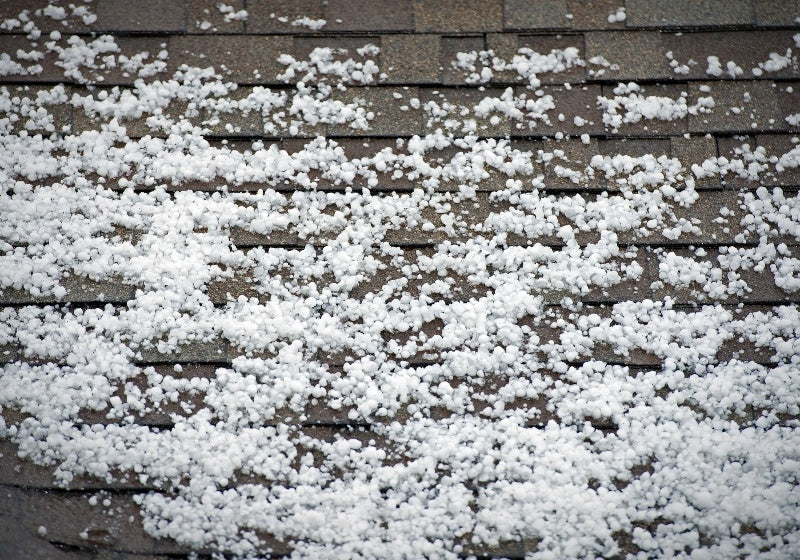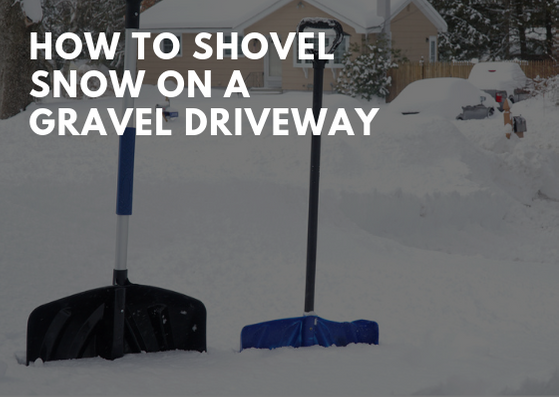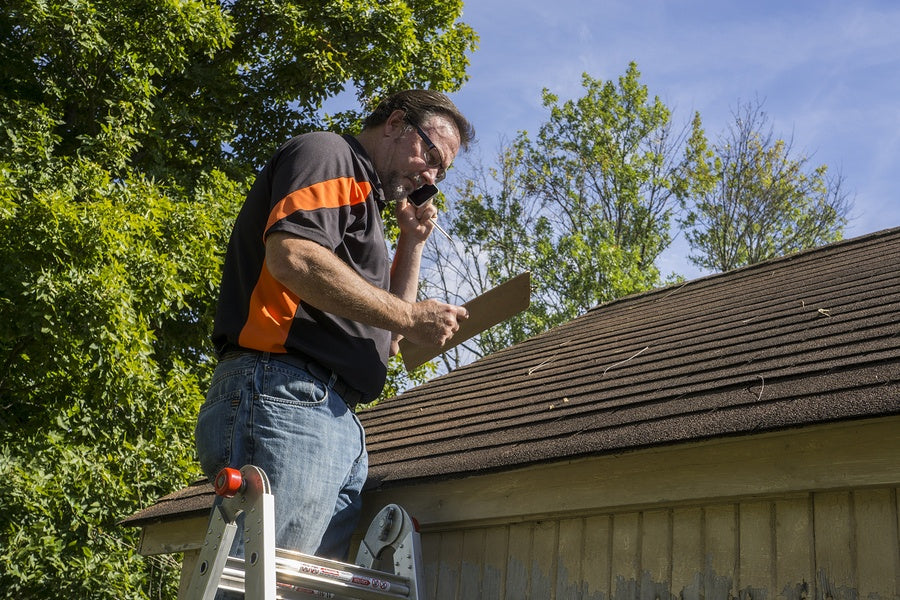
When a major hail storm strikes and you fear your roofing may have been damaged, it is critical that you have a basic understanding of how to do a preliminary hail damage check. If, after surveying your roofing, you still believe it has been damaged by hail impacts, then you will need to hire a professional roofing contractor to assess the damage to your insurance company's satisfaction.
You cannot afford to simply ignore hail damage, for even when your shingles are still intact, the structural damage done by hail stones can weaken them and leave an opening for water to infiltrate below the roofing. This can lead to further deterioration of shingles, decomposition of underlayment, and roof leaks that damage your home's interior.
Do An Initial "Investigation"
How much, if any, damage is done to your roof by hail will depend on multiple factors, including: the size/density of the hail stones, the directions and speed of the wind, and the duration of the storm. Check with your local meteorological society (typically at their website) for a detailed storm report that will give this kind of pertinent information.
Next, walk around your house, looking for signs of damage. If there are hail impact marks on your decking, siding, asphalt driveway, fences, or even a vehicle that was unsheltered during the storm, your roof may well have been damaged as well. Hail will affect different building materials differently and to a different degree, but any signs of damage below the roof is reason to investigate the roof itself.
You may or may not be comfortable setting up a ladder and walking your roof to look for signs of hail damage. Some may prefer to call in a professional roofer at this point, but if you know how to safely walk on your roof, look first of all for dents/dings on metal flashing around vents and chimneys and in roof valleys. Also waste no time in checking the ridge cap, for being the highest point on the roof, it will typically take the greatest number of direct hits.
Investigating Roofing Shingles
First of all, be aware that shingle deterioration from years of exposure to the weather and from natural aging can sometimes be mistaken as the result of a hail storm. Tears at the edges of shingles, cracks, bubbles, and granule loss can all occur without a single hail stone being involved.
However, bruises, cracks, and granule loss can also be the result of hail impacts. If you see circular areas where granules are missing, it could be hail stones knocked them off. Sometimes, the dents will be fully visible and obvious, but other times, you may need to feel the shingles and/or look at them very closely to discern small dents and dimples caused by hail. You may also notice exposed roofing felt and "shiny" spots on the asphalt shingles. Finally, if you press down on the suspected hail impact spot, and it is soft and easily gives way, that is another sign that hail did the damage.
If you have a metal roof, the dings and dents from hail will be rather obvious. If you have a cedar shake roof, look for splits in shingles that show no other signs of wear/deterioration. If wood shingle cracks show marks/dents along their length, you can be relatively certain that hail is responsible for the damage.
Conclusion
It is not especially difficult to learn to recognize the signs of hail damage on a roof, but it is possible to mis-identify or overlook hail marks. And the last thing you want to do is to make a claim on your homeowner's insurance only to have it denied because it wasn't hail after all. Thus, while you can and should look for hail damage to your roof yourself, you will need to have an expert follow-up with an assessment that both you and your insurer can confidently trust.


